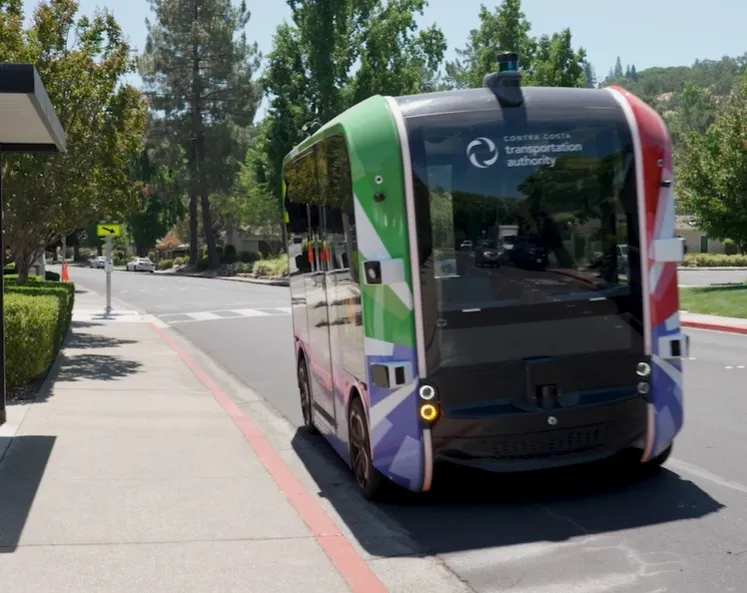Highways England has launched a US$6 million (£5 million) integrated weather information system developed by the Civica Group, to enable better management of the nation’s main roads during times of severe weather and to support its aims of keeping the road network free-flowing and safe.
Developed by IPL, part of Civica’s digital solutions business, and incorporating Exactrak vehicle navigation and reporting technology, the severe weather information service (SWIS) brings together critical information o
October 25, 2016
Read time: 2 mins
Developed by IPL, part of Civica’s digital solutions business, and incorporating Exactrak vehicle navigation and reporting technology, the severe weather information service (SWIS) brings together critical information on weather forecasts, road treatment plans and winter fleet data into a single system. It will help Highways England and its partners to manage the risk of severe weather more effectively through improved access to dynamic real-time information, together with delivering technology-based efficiencies.
Highways England operates and maintains England’s motorways and major A roads, a network that spans 4,300 miles and carries a third of all traffic by mileage and two thirds of all heavy goods traffic.
Highways England and its partners need access to accurate, robust and timely weather and winter service information to enable them to better manage the resilience of the Strategic Road Network and fulfil their network operator role.
SWIS delivers an enhanced, consolidated view of information to approximately 2,000 operational users actively working to manage and improve the performance of the road network in advance of and during severe weather conditions, including winter service providers, maintainers and control room staff, and external parties. The system supports better planning, execution and recording of winter treatment actions, improved identification of weather events with a potential impact on the road network, and enhanced rectification of weather and winter treatment equipment faults.
The solution enables the monitoring of all activity once a vehicle has left a depot and this data is recorded in SWIS to ensure compliance and to inform future planning.










